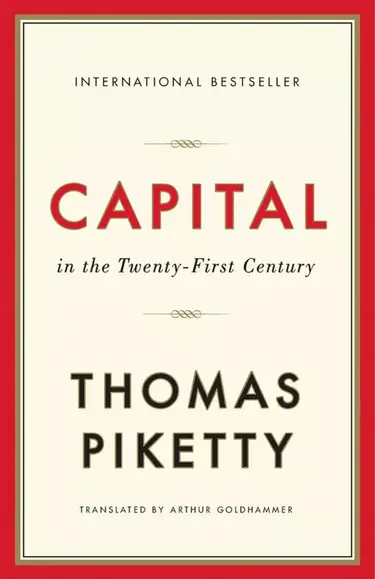Capital in the Twenty-First Century

Piketty argues that the rate of return on capital tends to be higher than the rate of economic growth. This leads to a concentration of wealth in the hands of a few. He presents extensive historical data from various countries to support this claim, spanning several centuries.
Piketty reveals that in the early stages of capitalism, income inequality was high due to the ownership of capital being concentrated in the hands of a small elite. However, in the mid-20th century, a series of events led to a reduction in inequality. Events like the Great Depression and WW II. This was due to two things: the destruction of capital and the implementation of policies that aimed to redistribute wealth and ensure social welfare.
According to Thomas Piketty, in recent decades, income inequality has been on the rise again. The wealthy are accumulating a larger share of total income and wealth. He argues that this trend is driven by factors such as the globalization of capital, technological advancements, and policies that favor the wealthy.
Piketty proposes a policy solution to address rising inequality. He suggests implementing a global progressive tax on capital, which would help reduce wealth concentration and promote more equitable outcomes. He also emphasizes the importance of transparency in wealth and income data, as well as the need for international cooperation to tackle inequality effectively.